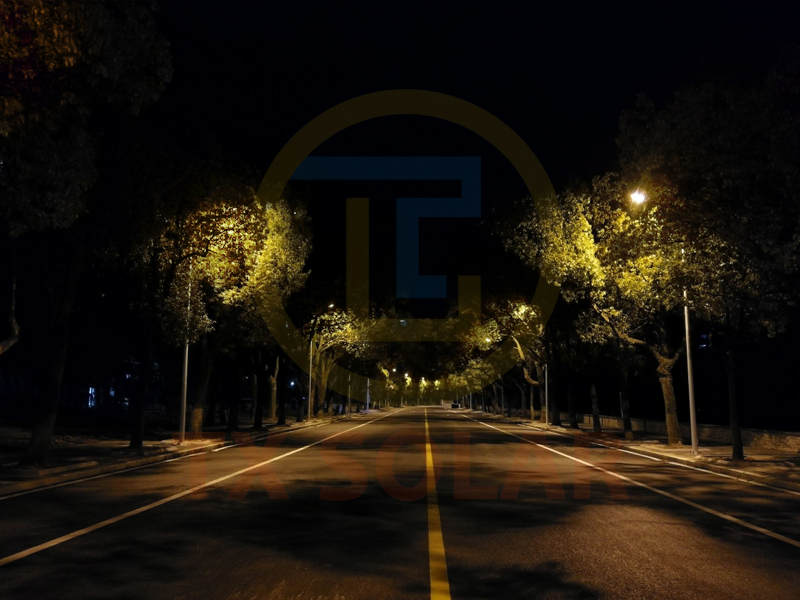Parks are important green spaces in urban environments, providing residents with a place to relax, exercise and connect with nature. As the sun sets, park lighting is critical to ensuring safety and enhancing the beauty of these public spaces. However, managing park lighting is more than just installing lights; it involves a careful balance between energy efficiency, environmental impact, and public safety. One of the key factors in achieving this balance is implementing timed switching of park lighting. This article takes an in-depth look at the importance of park lighting, the role of timed switches, and the regulations that govern their use.
Importance of Park Lighting
Park lighting plays a vital role in urban planning and public safety. Properly lit parks can deter criminal activity, reduce accidents, and make the park more accessible at night. In addition, carefully designed lighting can highlight the natural beauty of the park and create a welcoming atmosphere for visitors.
However, park lighting is not without its challenges. Excessive or poorly managed lighting can cause light pollution, waste energy and negatively impact local wildlife. Therefore, smart lighting solutions must be implemented to address these issues while maintaining the benefits of park lighting.
Role of time switch in park lighting
A timer switch is a device that automatically controls the operation of a lighting system according to a preset schedule. When it comes to park lighting, timed switches can be programmed to turn lights on and off at specific times, ensuring the park is well lit during peak hours and saving energy during off-peak hours.
There are several advantages to using a timer switch:
1. Energy Efficiency:
Timed switches help reduce energy consumption and lower electricity bills by turning off lights when they are not needed. This is particularly important for municipalities looking to manage their budgets and reduce their carbon footprint.
2. Reduce Light Pollution:
Timed switches help minimize light pollution by ensuring that lights are only turned on when necessary. This benefits both human residents and local wildlife, as too much artificial light can disrupt natural behaviors and ecosystems.
3. Enhanced Safety:
Timed switches ensure that the park has adequate lighting during times when it is most likely to be used, thereby increasing visitor safety. This helps prevent accidents and deter criminal activity.
4. Maintenance and Service Life:
Automated lighting schedules can reduce wear and tear on lighting fixtures, extend their service life and reduce maintenance costs.
Park lighting timing switch regulations
Given the benefits of time shifting, many cities and regulatory agencies have developed guidelines and regulations to ensure its effective implementation. These regulations usually cover the following aspects:
1. Timing and Scheduling:
Regulations generally dictate the hours when park lighting should operate. For example, lights may need to turn on at dusk and turn off at dawn, or they may follow a more specific schedule based on park usage patterns. Some regulations also mandate the use of adaptive lighting systems that adjust based on real-time conditions, such as weather or daylight changes.
2. Energy Efficiency Standards:
To promote sustainability, regulations may establish energy efficiency standards for park lighting systems. This could include requiring the use of energy-efficient light bulbs such as LEDs and implementing dimming controls to lower light levels during periods of low traffic.
3. Environmental Impact:
Regulations may address the environmental impact of park lighting, including measures to reduce light pollution and protect local wildlife. This may involve guidelines for the placement and design of lighting fixtures to minimize glare and light spill, as well as restricting the use of certain types of lighting known to be harmful to nocturnal animals.
4. Safety:
Ensuring public safety is the primary focus of park lighting regulations. This may include requirements for minimum light levels in certain areas such as roads, playgrounds and car parks, as well as guidance on light placement to eliminate dark spots and improve visibility.
5. Maintenance and Monitoring:
Regulations may also address the maintenance and monitoring of park lighting systems. This may include requirements for regular inspections, prompt repair of malfunctioning lights, and the use of monitoring systems to track energy usage and identify problems.
In summary
Implementing park lighting time switches is an important part of modern urban planning. By automating lighting schedules, time switches help balance the needs of safety and accessibility with the goals of energy efficiency and environmental protection. As municipalities continue to prioritize sustainability, the adoption of smart lighting solutions and compliance with regulations will play a key role in creating safe, welcoming and environmentally friendly public spaces.
All in all, park lighting is not just for convenience; This is a complex issue that requires careful consideration and regulation. By understanding the importance of time switches and the regulations surrounding their use, we can ensure our parks remain vibrant, safe and sustainable for future generations.
Post time: Sep-19-2024

